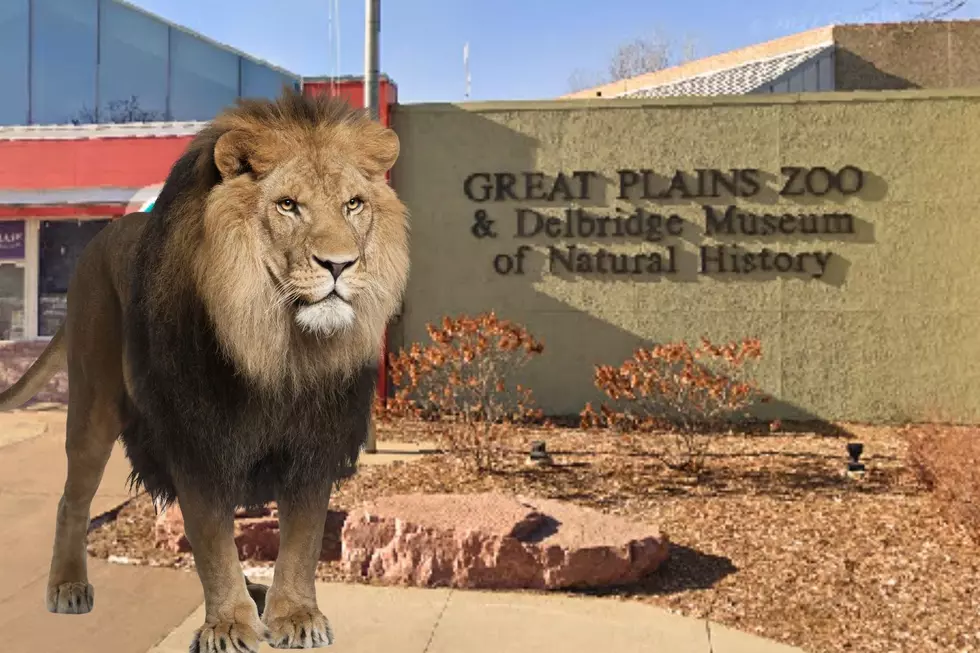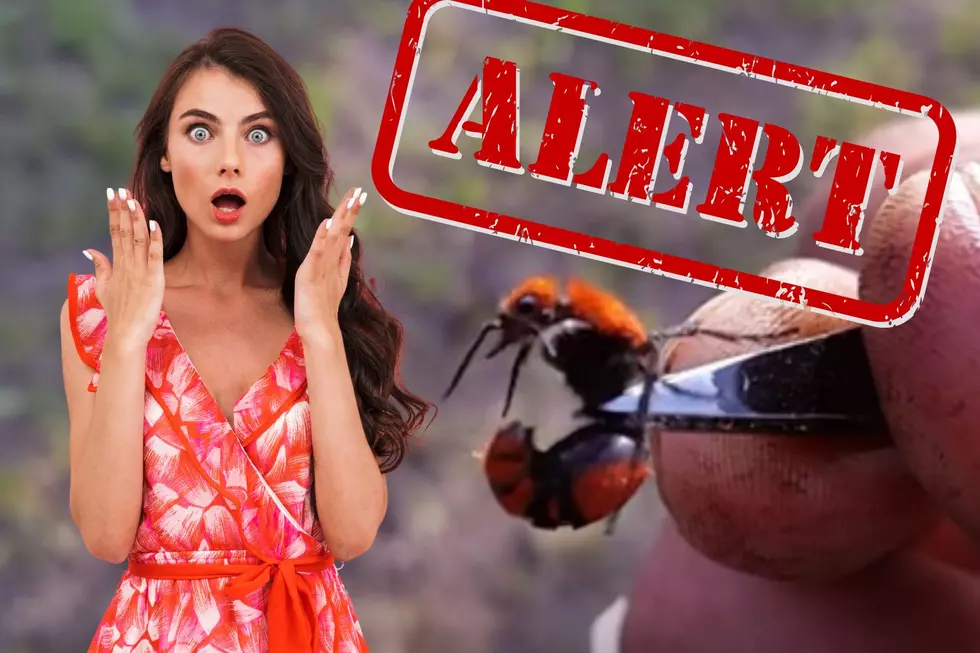
Gov. Dennis Daugaard Has Declared an Emergency Disaster in Western Jackson County
Very rarely does an event like this come around and the South Dakota Governor has taken immediate action in response to the Cottonwood fire.
Gov. Dennis Daugaard has signed an emergency disaster declaration for Jackson County, in response to damage caused by the 41,000-acre wildfire.
The Governor's office issued a press release with details of the disaster declaration. Essentially, the state of South Dakota will cover 90 percent of non-federal fire apparatus fuel costs, all aircraft expenses and South Dakota Wildland Fire’s suppression expenses.
Gov. Daugaard flew over the affected area on Tuesday, and saw firsthand the damage it has caused. His statement read, “Obviously, this fire has caused a great deal of damage, especially to livestock, fences and forage. Using dollars from the State Fire Suppression Special Revenue Fund, the state will assist Jackson County in paying fire response costs.”
Investigators believe the Cottonwood was caused by humans and began on the afternoon of Sunday, Oct. 16, and burned over 41,000 acres of private property, national grasslands and state land. According to South Dakota Wildland Fire officials, the fire is now 100 percent contained.
“This prairie fire is the most destructive I have observed for fence loss, cattle loss, hay loss and pasture loss in my 27-year career,” said Jim Strain, deputy director of South Dakota Wildland Fire. “Our records go back to 1949, and this is South Dakota’s largest wildfire ever for the month of October.”
The South Dakota Department of Agriculture partners with the USDA Farm Service Agency in administering a program to connect producers in need of hay with those that would like to donate hay removed from acres enrolled in the Conservation Reserve Program.
Due to the severe losses incurred by area producers, SDDA is extending the deadline for CRP donated hay application to those producers affected by the Cottonwood fire. Producers interested in receiving donated hay can find the application on SDDA’s homepage, sdda.sd.gov. SDDA is also working with USDA to see what other assistance may be available for impacted producers.
See Also:
More From KXRB









